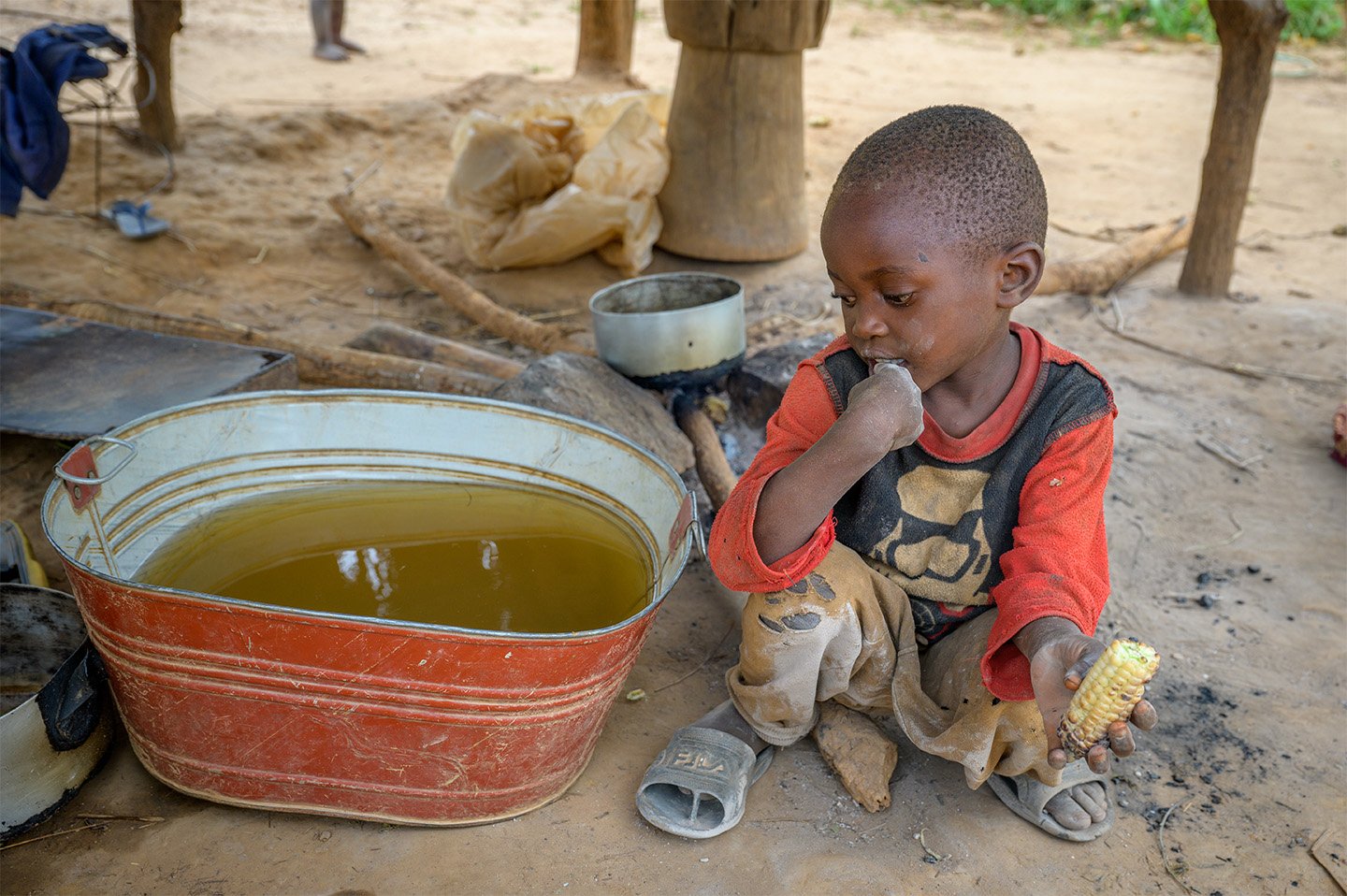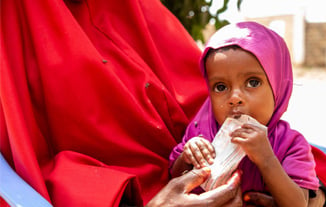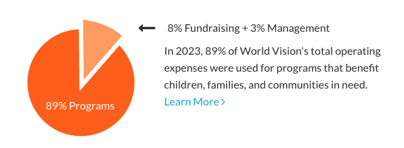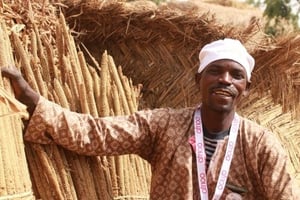 |
Recent record-high temperatures across the USA have put the spotlight on how to cope with the heat. One of God’s best inventions for this is – a TREE! Trees and agriculture can and do go together, and we bring them together in the THRIVE program through Farmer Managed Natural Regeneration (FMNR).
In Niger, the encroaching Sahara Desert is a daily challenge for farmers – the wind, sand, dust, soil degradation, water scarcity, and recurring drought make it hard for farmers to provide well for their families. Restoring and managing trees is proving to be not only a way of growing more crops, but there is a special tree that has the sweet taste of success.
In the Maradi region, World Vision works with local farmers on Farmer Managed Natural Regeneration (FMNR) as a central part of building both improved and resilient livelihoods. One farmer stands out among the rest – Yaouza Harouna (pictured above). Yaouza learned how pruning the stumps of trees he had cut down allows the trees to regrow. He saw first-hand how the regrowth of the trees reduced surface wind speeds, reduced surface temperatures, increased soil fertility, increased ground water availability, and led to better crop yields.
After incorporating FMNR on his 4.5-hectare rain-fed and 0.5-hectare irrigated land in 2013, he now can fully provide for his family. Yaouza has re-grown roughly 310 new trees. FMNR has increased the productive capacity of his land and became a sustainable farmer. In the Guidan-Roumdji district where he lives, the average millet yield is 547 kg/hectare. Yaouza got 937 kg/hectare by planting nearest the bases of his trees. That is a 70% improvement! He also produced 450 kgs of peanuts, 250 kgs of cowpeas, 375 kgs of sorghum, and 2,000 watermelons.
But this story gets even more interesting. International researchers discovered that a hardy tree native to that part of the world could not only help restore degraded lands and soils, but could become a cash crop.
Often called Jujube, the wild tree produces a fruit that tastes similar to a pineapple, but is small and difficult to eat. Farmers largely overlooked the trees growing on their land because they consider its fruit fit only for consumption by goats. But the Jujube has been domesticated in India and the trees there produce a fruit ten times as big and much sweeter.
Sensing a possibility to combine the wild variety’s adaptation to the soil with the domesticated variety’s preferable fruit, ICRISAT researcher Dov Pasternak grafted the two varieties. What a breakthrough.
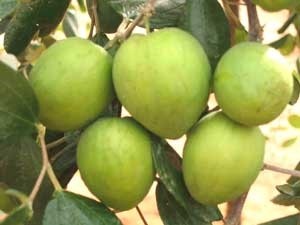 |
| Pomme du Sahel is providing nutrition, while replenishing the soil, in the Sahel. (Photo credit: ICRISAT) |
Each spliced tree can produce 20 kilograms of fruit that can be sold for USA $1 per kilogram. The fruit is sweeter, more like an apple, and high in vitamins A and C. Still saddled with the name Jujube, many farmers were uninterested in the new fruit, so Pasternak renamed the fruit as the Pomme du Sahel – the Apple of the Sahel.
Yaouza planted 60 Pomme du Sahel trees. Last year he harvested 833 kgs of Apples of Sahel from his new trees.
All of his farm production provided Yaouza and his family with approximately $2,500 in income generation on the staple crops and $940 in income for the Sahel apples. Roughly 70 percent of the millet and sorghum were used for direct consumption and to provide food for his extended family. With all this income, Yaouza has provided his household with sustainable food and firewood provision, put his children in private school, supported relatives, branched out into more income generating activities (small trading, sheep fattening), purchased a motorbike, extended his land by two hectares, and employed a local man to help watch the land and tend the crops. By using FMNR and working hard, Yaouza has become a true Champion Farmer.

